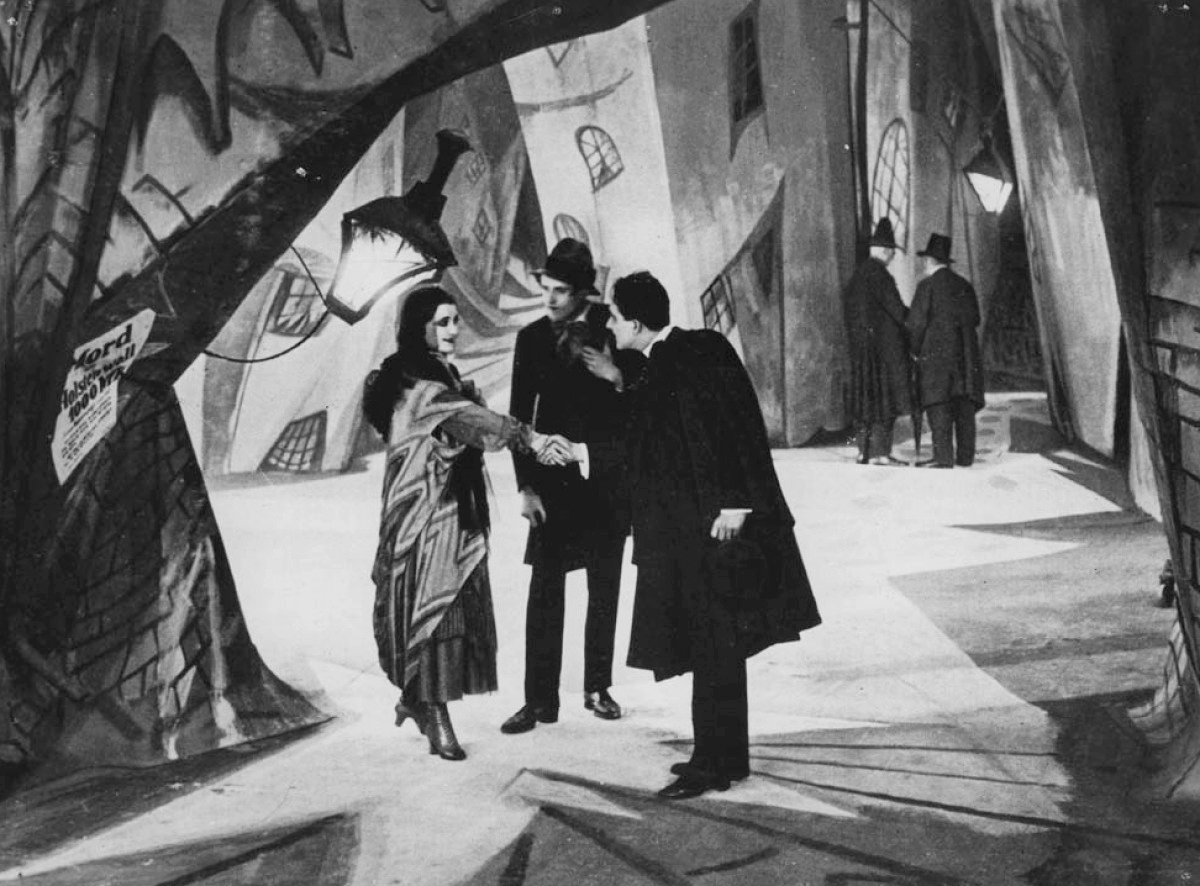Historical and Institutional Influences in...
Alfred Hitchcock's Psycho
Alfred Hitchcock "did not merely work within a medium but utterly transformed it." Hitchcock is definitely an important figure on the evolution of cinema, and there were certain factors that led him to be the auteur we recognize him as.
 For one, early in Hitchcock's exposure to cinema, he developed a fancy towards German expressionism on a trip to Germany. As a producer, Hitchcock has developed and adapted German expressionism into his films such as in The Lodger (1972) with the "fascination with heightened emotional states, the imaginative coordination of set design and camerawork, and an almost musical rhythm to the sequence of shots". A second institutional factor rising during the time of Hitchcock's films was the development of sound in cinema. Hitchcock himself despised using dialogue as a safety-net for producing "good films". "He was not adverse to witty dialogue—his scripts were always remarkably literate—but the dialogue itself served as an accompaniment to visual storytelling and not as a substitution for it."
For one, early in Hitchcock's exposure to cinema, he developed a fancy towards German expressionism on a trip to Germany. As a producer, Hitchcock has developed and adapted German expressionism into his films such as in The Lodger (1972) with the "fascination with heightened emotional states, the imaginative coordination of set design and camerawork, and an almost musical rhythm to the sequence of shots". A second institutional factor rising during the time of Hitchcock's films was the development of sound in cinema. Hitchcock himself despised using dialogue as a safety-net for producing "good films". "He was not adverse to witty dialogue—his scripts were always remarkably literate—but the dialogue itself served as an accompaniment to visual storytelling and not as a substitution for it."
Hitchcock's Psycho was an accurate depiction of time in the 1950s - early 60s. Although the film's plot was unoriginal (as it was based off of Robert Bloch's novel of the same name), it was based off of the story of Ed Gein from Wisconsin. Psycho also broke all film conventions by displaying Marion having a lunchtime affair in her sexy white undergarments in the first scene and killing her a third of the way into the film. Hitchcock also began terming the plot device known as the 'MacGuffin', the thing or device that motivates the characters, or propels the plot and action. As it's used in Psycho, the MacGuffin would be either the sum of $40,000 stolen by Marion, or further on in the film, the murder of Ms. Crane herself.

No comments:
Post a Comment